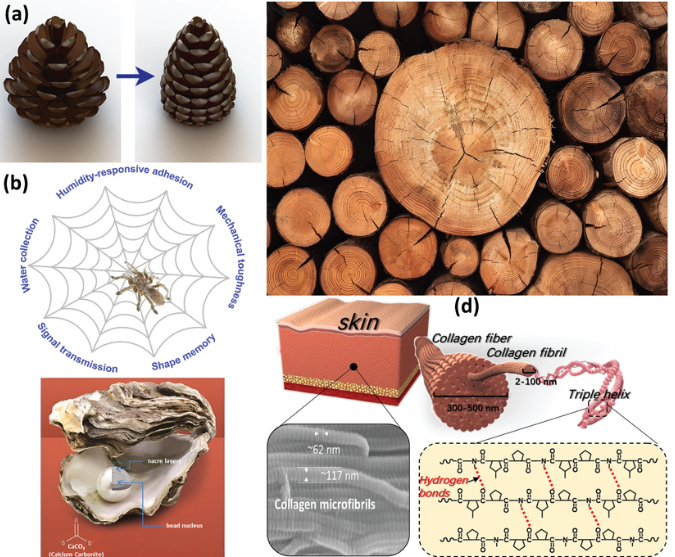Unlocking the Potential of Continuous Fiber Composite 3D Printing with Anisoprint
- Aniksha Kar
- Apr 29, 2024
- 2 min read

In the world of additive manufacturing, where innovation is paramount, Anisoprint stands out as a pioneer in continuous fiber composite 3D printing technology. By combining the versatility of traditional 3D printing with the strength and durability of continuous fibers, Anisoprint opens up a realm of possibilities for various industries, from aerospace and automotive to healthcare and consumer goods. At the heart of Anisoprint's technology lies the ability to reinforce printed parts with continuous fibers, resulting in exceptional strength-to-weight ratios and unparalleled mechanical properties. Unlike traditional 3D printing methods that rely solely on filament deposition or resin curing, Anisoprint's approach integrates continuous fibers, such as carbon, fiberglass, or Kevlar, into the printing process. This fusion of materials creates composite parts with enhanced structural integrity and durability, making them ideal for demanding applications where strength and performance are critical. One of the key advantages of Anisoprint's continuous fiber composite 3D printing is its ability to produce lightweight yet robust components. By strategically orienting and reinforcing the fibers within the printed part, designers can optimize the strength-to-weight ratio, resulting in parts that are significantly lighter than their traditional counterparts without compromising on strength or performance. This lightweight design not only reduces material usage but also leads to cost savings and improved efficiency in various industries, such as aerospace and automotive, where weight reduction is paramount.Moreover, Anisoprint's technology enables the creation of complex geometries and intricate structures that would be difficult or impossible to achieve using conventional manufacturing methods. By leveraging the flexibility of 3D printing and the strength of continuous fibers, designers can push the boundaries of design freedom, creating innovative products with unmatched performance and functionality. in addition to its strength and versatility, Anisoprint's continuous fiber composite 3D printing offers scalability and cost-effectiveness. With the ability to produce high-strength parts in a fraction of the time and cost compared to traditional manufacturing methods, businesses can streamline their production processes and bring products to market faster. This scalability makes Anisoprint's technology ideal for both prototyping and end-use production across a wide range of industries. In conclusion, Anisoprint's continuous fiber composite 3D printing technology represents a paradigm shift in additive manufacturing, unlocking new possibilities for designers, engineers, and manufacturers alike. By combining the strengths of traditional 3D printing with continuous fibers, Anisoprint offers a unique solution for producing lightweight, strong, and complex parts with unparalleled efficiency and performance. As the technology continues to evolve, we can expect to see even greater advancements and innovations in the world of additive manufacturing.




Comments